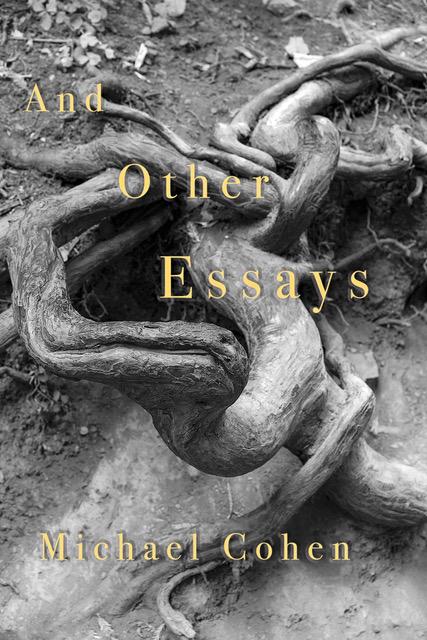I
finally read Brave New World after
resisting it for many years. I found a good deal of it dated, not surprisingly,
but also jejune, although the latter reaction might have had something to do
with Michael York’s reading with its audible chewing of the scenery. There’s
too much whining and not enough of the humor I found in Crome Yellow, Antic Hay, Those Barren Leaves, and Point Counterpoint, all books that I
loved and have reread.
Sunday, April 23, 2017
Tuesday, April 18, 2017
Didion on the South
A very
quirky little book by Joan Didion, called
South and West: From a Notebook (2017), is mostly about the South. Her “Notes
on the South,” taken during a 1970 visit, reveal some strange impressions about
the region, which she formed during a road trip starting in New Orleans,
continuing along the Gulf Coast as far as Biloxi, up to Hattiesburg and
Meridian, on to Tuscaloosa and Birmingham, back to Oxford, and then down the
delta and back to New Orleans. “The idea was to start in New Orleans and from
there we had no plan,” she writes about the trip she took with her husband John
Gregory Dunne. Her general impression of the South might be summed up in her
peculiar, repeated reaction to the light there: New Orleans “is dark…the
atmosphere absorbs its own light, never reflects it but sucks it in until
random objects glow with a morbid luminescence.” And on the Gulf Coast “the
light is odd…light entirely absorbed by what it strikes.”
New
Orleans is preoccupied “with race, class, heritage, style, and the absence of
style.” She does nail that feature the deep South shares with fundamentalists
everywhere: “the solidarity engendered by outside disapproval.” And yet, she
believes that the South, not California, is for America “the future, the secret
source of malevolent and benevolent energy, the psychic center.”
But her
method is to present in detail her observations of the backwardness, prejudice,
ignorance, and squalor of each tiny gas station-cum-eating joint in rural
Mississippi and Alabama where they stopped—and then to record interviews with
the country-club set, which in this case includes Hodding Carter III. The
method leaves out the whole huge middle, and she acknowledges it.
In the
very short “California Notes,” Didion uses an informal commission to observe
and write about the 1976 Patty Hearst trial to ignore the trial and look at
some of her own misapprehensions about her class and its tastes, which she
absorbed growing up in California. Though she does not say it expressly, she
must have realized that she could not look at Patty Hearst and her background
with the objectivity she had once imagined she possessed. Her account of the
trial was never written.
Subscribe to:
Posts (Atom)
